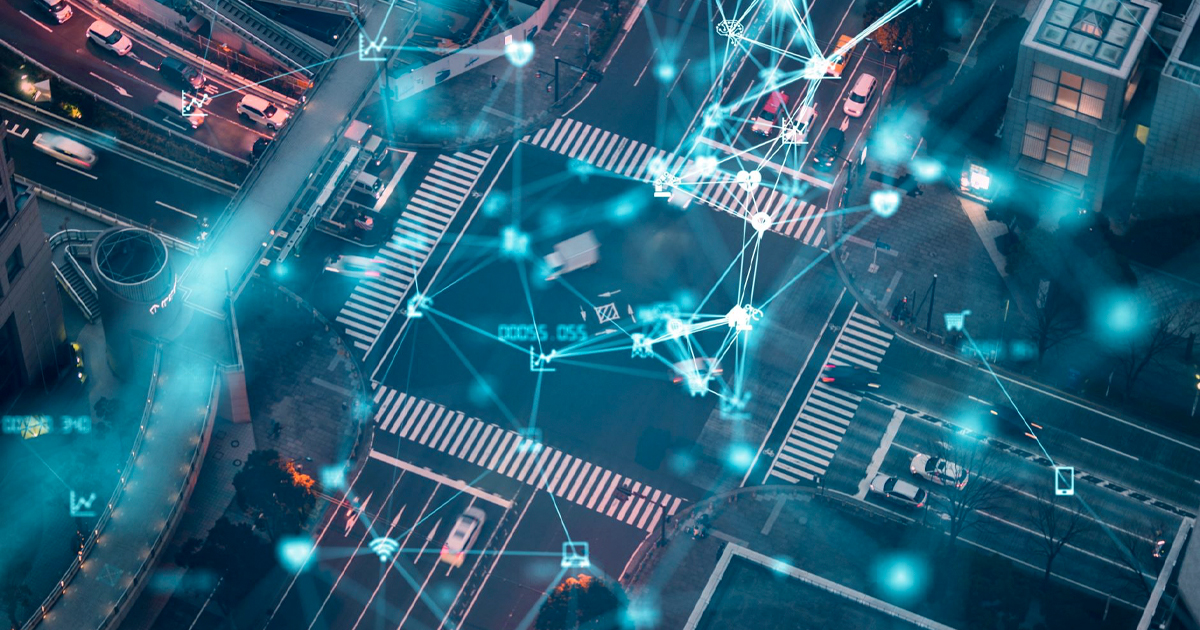In the era of hyper-connectivity, our lives are increasingly intertwined with technology. From smartphones and laptops to smart homes and autonomous vehicles, our world is becoming more and more connected with each passing day. While this hyper-connectivity brings many benefits, it also exposes us to new and evolving cyber threats. In order to protect ourselves and our digital infrastructure, it is essential to develop robust cyber-resilience strategies.
Cyber-resilience refers to the ability of an organization or system to withstand and recover from a cyber attack. This includes not only technological measures such as firewalls and intrusion detection systems but also organizational and human factors such as employee training and incident response plans. As the number of connected devices and systems continues to grow, so too does the complexity of our digital infrastructure, making it increasingly difficult to defend against cyber threats.
Recent high-profile cyber attacks, such as the SolarWinds hack and the Colonial Pipeline ransomware attack, have highlighted the need for strong cyber-resilience strategies. The SolarWinds attack, which targeted multiple U.S. government agencies and private sector organizations, was a highly sophisticated supply chain attack that went undetected for months. The Colonial Pipeline attack, which disrupted fuel supplies to the eastern United States, was carried out by a relatively simple ransomware attack that exploited a vulnerability in the company’s IT system.
These attacks demonstrate the range and sophistication of cyber threats that organizations face today. They also highlight the need for a multi-faceted approach to cyber-resilience that incorporates both technological and organizational measures. For example, organizations should implement security controls such as firewalls and antivirus software, but they should also invest in employee training and incident response plans to ensure that they are prepared to respond to a cyber attack.
Artificial intelligence (AI) and machine learning are increasingly being used to enhance cyber-resilience. These technologies can help organizations detect and respond to cyber threats more quickly and effectively. For example, AI and machine learning algorithms can analyze network traffic and identify patterns of suspicious activity that may indicate a cyber attack. They can also be used to automate incident response processes, enabling organizations to respond more quickly and reduce the impact of an attack.
However, AI and machine learning are not a silver bullet. They require significant resources and expertise to implement and maintain, and they are not foolproof. Organizations must still invest in traditional security controls and organizational measures to ensure that they are well-protected against cyber threats.
In conclusion, the growing number of connected devices and systems is increasing our vulnerability to cyber threats, making it essential to develop robust cyber-resilience strategies. Recent cyber attacks have highlighted the need for a multi-faceted approach that incorporates both technological and organizational measures. AI and machine learning have an important role to play in enhancing cyber-resilience, but they are not a substitute for traditional security controls and employee training. By taking a comprehensive approach to cyber-resilience, organizations can minimize the impact of cyber attacks and ensure the continued functioning of their digital infrastructure.
